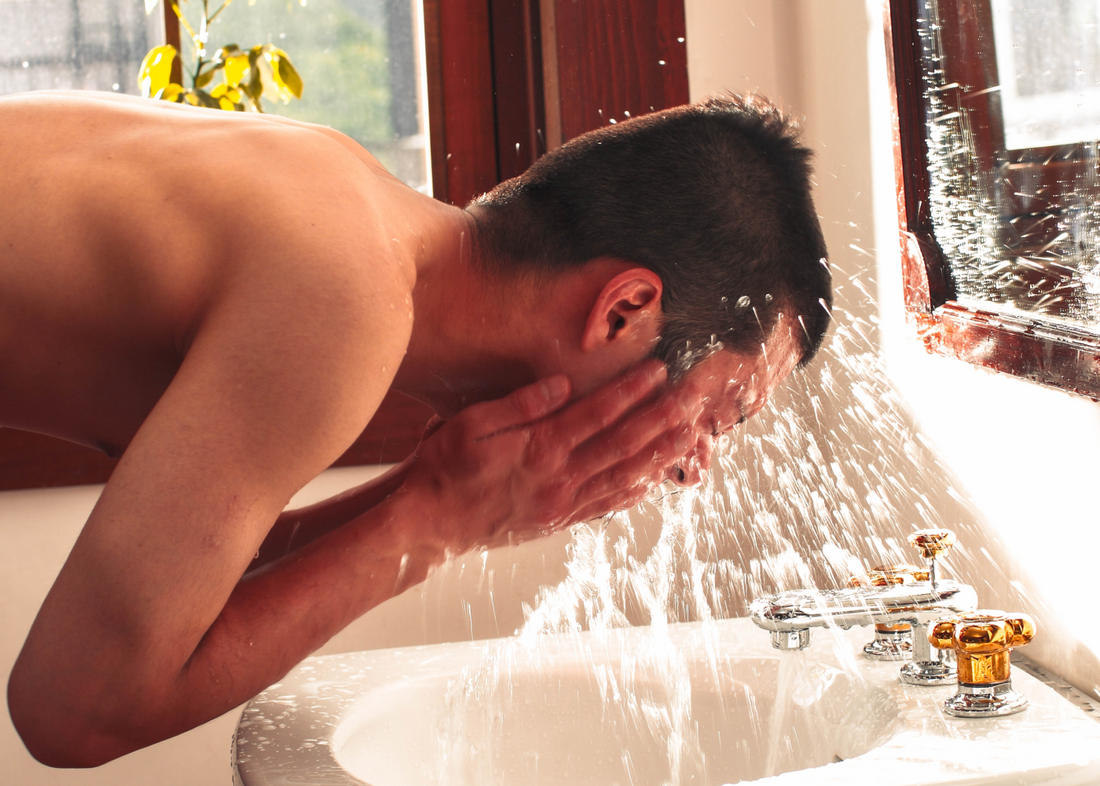
How to Fix the Water Temperature in Your Shower When It’s Always Either Too Hot or Too Cold
Few things are more frustrating than looking forward to a warm, relaxing shower after a long day, and instead having to endure an oscillating stream of scalding and glacial water because something to do with the temperature is all messed up. But before you go tearing your shower head out of the wall and calling up a plumber, there are a few things you can do to hopefully get your water temperature back to normal. Here they are, per Paul Abrams, of Roto-Rooter, and Bailey Carson, of Handy, an online marketplace for cleaning, installation and other home services.
Wait a While
The most obvious cause of fluctuating water temperatures, according to Abrams, is simply “running low on hot water from the water heater.” He says, “This happens if you’re last in line for a shower at your house, or if you have an undersized water heater. One thing I learned at my in-laws’ house is that my father-in-law likes to stick it to The Man and remove the water flow restrictor in the shower head, which means water is pushing through much faster than it’s supposed to, and it quickly depletes the supply of hot water in the tank. When hot water starts running out, we users tend to turn the handle to a hotter setting in desperation, and we get very hot or very cold water and decreased bandwidth in the warm range.” So, if someone showered before you, wait a little while so the water heater can fill back up.
Adjust Your Mixing Valve/Scald Guard
“In most instances, your scald guard — a plastic disk with notches — simply needs to be adjusted,” says Carson. “To adjust the water valves and scald guard, the single handle can be easily removed by loosening the screws with a wrench and lifting from the faucet. You’ll want to adjust the dial of the temperature controls accordingly to balance out the hot and cold water valves.” Abrams warns, however, that you should take it slow when adjusting your scald guard, or else you could end up making the water temperature dangerously hot. “It’s important to note that faucets are set at the factory to a safe setting to prevent scalding, which is especially important to remember if you have babies, children and elderly people in the house,” he says. “This adjustment is the last safety device to prevent you from scalding yourself, and it was no doubt put in place after some expensive lawsuits were filed against faucet manufacturers. If you adjust this device, do so in one or two tiny increments at a time, then test the water temperature with your hand. Being a tough guy and pushing the setting all the way to the hot setting is a recipe for disaster, especially if your water heater is already set too hot — water heaters should be set to 120 degrees Fahrenheit, but many people crank them up much higher.”
Replace the Faucet Cartridge Altogether
If, when you go to tweak the scald guard, you notice that the whole thing is looking worn down, you should probably go ahead and replace the whole cartridge. “With usage and time, these cartridges will fail,” Abrams says. “If your shower has no warm range, but goes from very hot to very cold, it’s probably time to replace that faucet cartridge. Many manufacturers guarantee their cartridges for life, and they’ll ship you a new cartridge for free. However, switching out the cartridge isn’t something every person is willing to try. Often, it’s a simple job, but if the cartridge is crusted over with hard water deposits, or it’s been in there for years, getting it out with a pliers can prove to be very difficult.” So, if changing the cartridge yourself is too much trouble, as Carson says, “Let a professional handyman handle it for you.” Which will be especially necessary if you did end up tearing your shower head out of the wall, after all.
